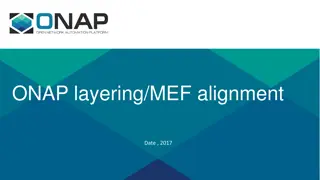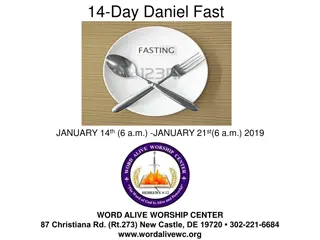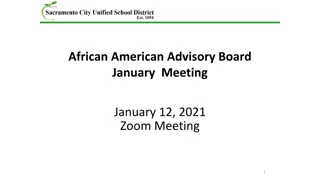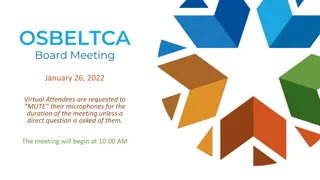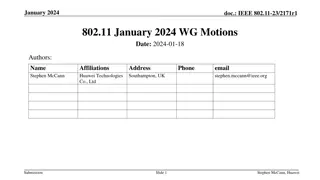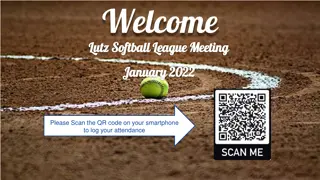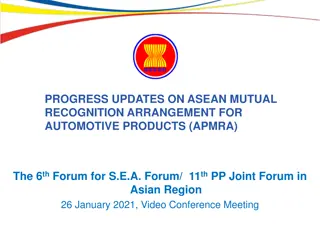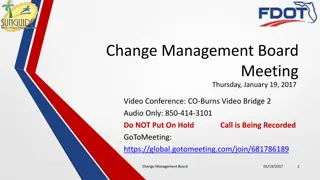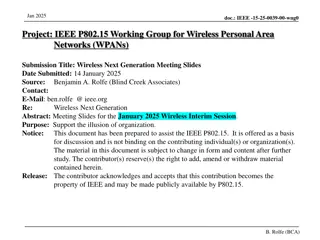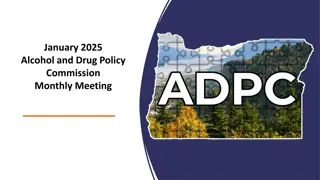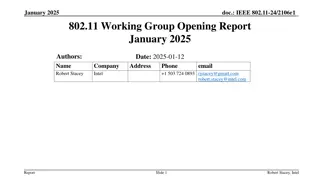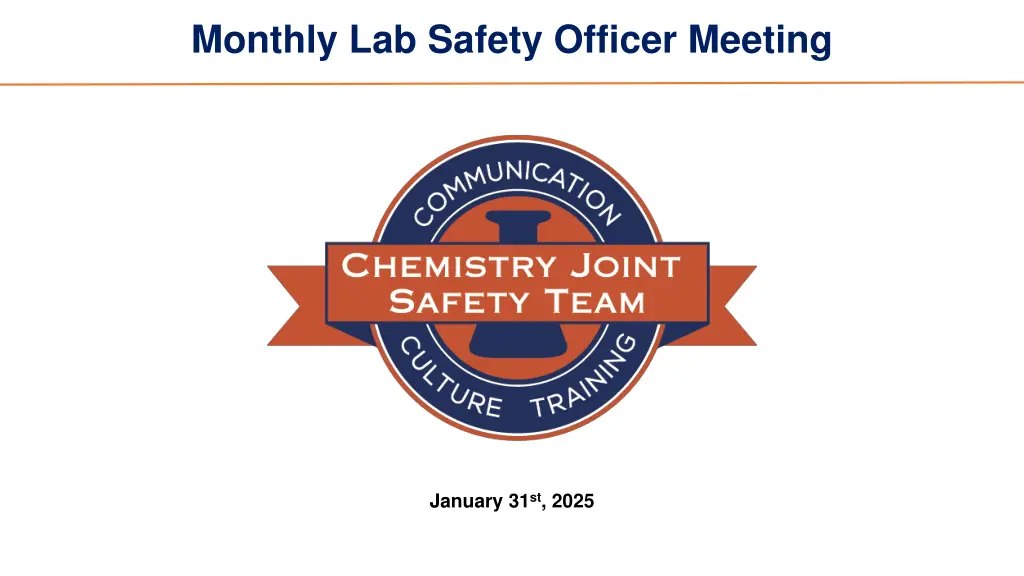
Monthly Lab Safety Officer Meeting Updates: Hazardous Mineral Acids Overview
Stay informed with the latest updates from the Monthly Lab Safety Officer Meeting including facility issues, safety discussions, and an in-depth overview of hazards related to mineral acids like Hydrochloric Acid (HCl), Sulfuric Acid (H2SO4), and Nitric Acid (HNO3). Learn about their properties, risks, and safe handling practices to ensure a secure laboratory environment.
Uploaded on | 3 Views
Download Presentation

Please find below an Image/Link to download the presentation.
The content on the website is provided AS IS for your information and personal use only. It may not be sold, licensed, or shared on other websites without obtaining consent from the author. If you encounter any issues during the download, it is possible that the publisher has removed the file from their server.
You are allowed to download the files provided on this website for personal or commercial use, subject to the condition that they are used lawfully. All files are the property of their respective owners.
The content on the website is provided AS IS for your information and personal use only. It may not be sold, licensed, or shared on other websites without obtaining consent from the author.
E N D



